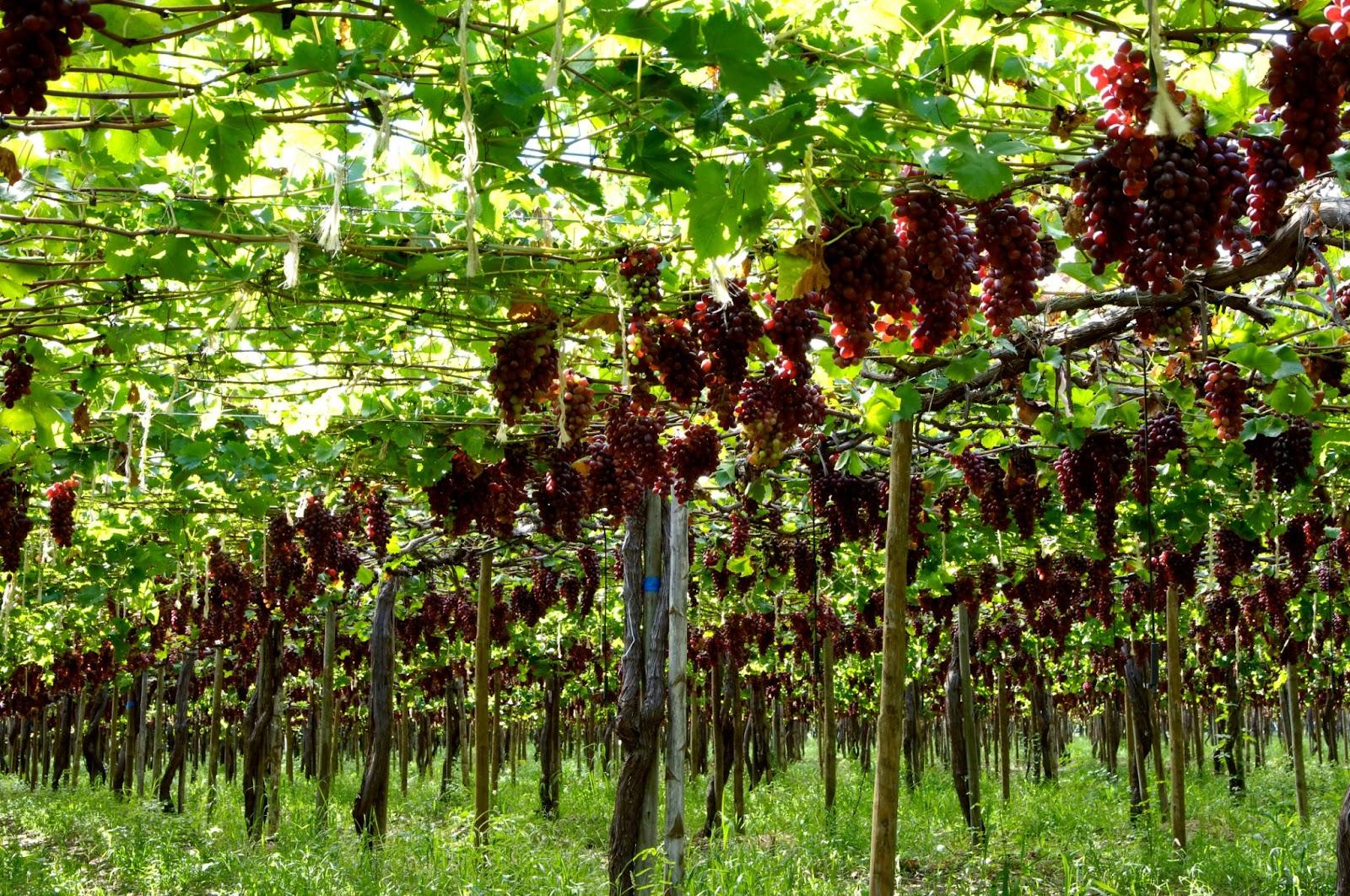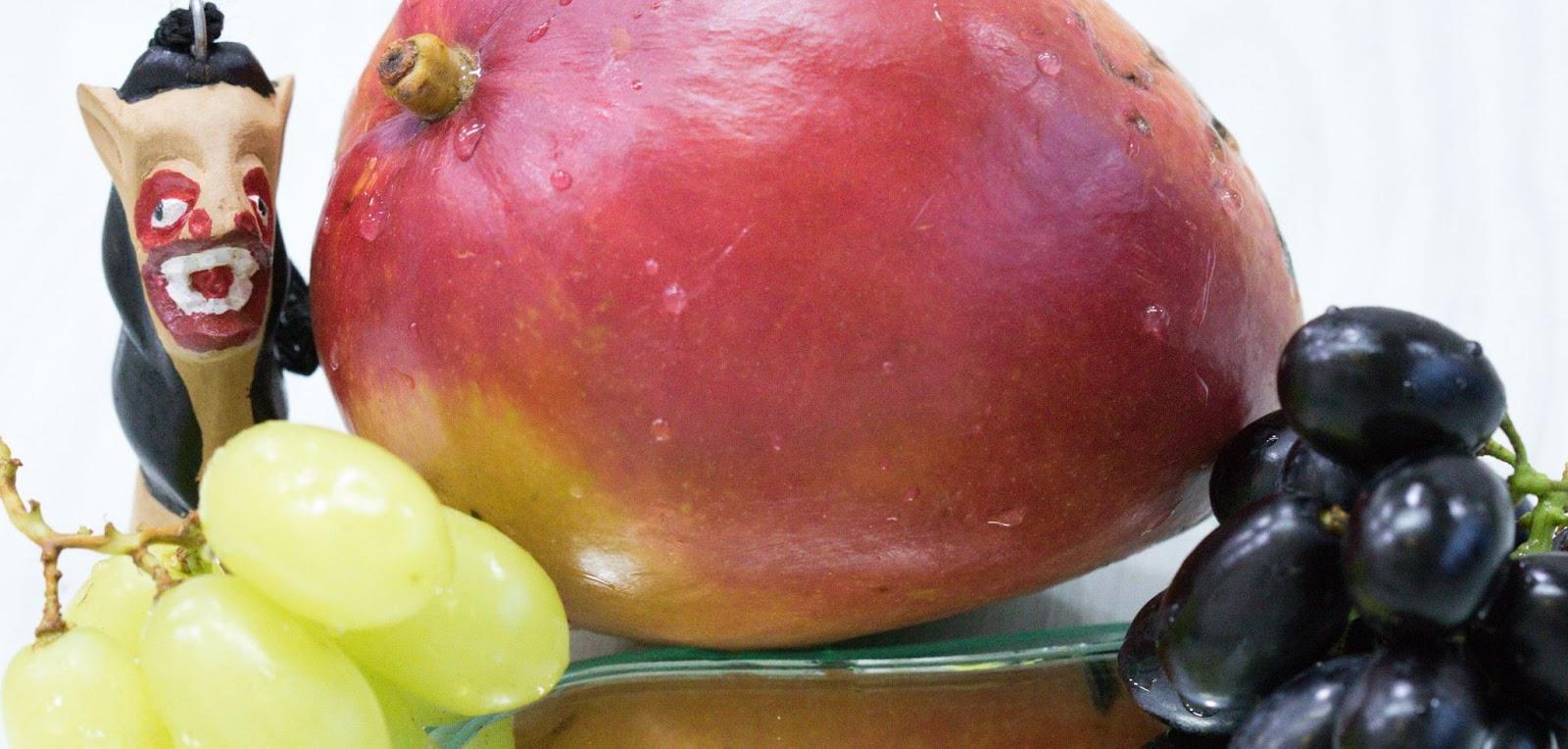- Wine Color/Type
- Top Occasions
- Unique Wines
- Surprise Me!
Brazil, The Country with two Harvests
Brasil is one of the most dynamic wine producing countries. (Photo: Pulsar Imagens/stock.adobe.com)
Imagine a land where the sun's warmth embraces the vineyards not once, but twice a year. Brazil, with its unique blend of climate and terrain, offers the extraordinary feat of hosting two annual wine harvests—a dream come true for vineyard workers, winemakers, and enthusiasts alike.
Located within Brazil's northern region lies the Vale do São Francisco, a tropical paradise for wine cultivation situated between 8° and 9° north of the equator. Here, the temperate climate refuses to let vines slip into dormancy, ensuring a continuous production cycle throughout the year.
Resourceful winemakers have learned to harness this perpetual growing season to their advantage, orchestrating not one, but two harvests annually. Through unique pruning techniques and strategic irrigation management this can be made possible.
The Brazilians are known for their tropical fruit. (Foto: Taciana/stock.adobe.com)
The process begins with post-harvest pruning in the October-November period, where each shoot is carefully trimmed to leave only two or three buds per shoot, encouraging abundant grape production. With the restart of irrigation, new growth sprouts forth, setting the stage for the vine's next cycle. Come March to June, the cycle begins anew, culminating in yet another harvest. This perpetual rhythm can yield up to 2.5 harvests per year in average.
Yet, this continuous cycle isn't without its challenges. The relentless demand placed on the vines, never allowed to rest, can lead to smaller berries with potentially lower sugar content. This, in turn, may impact the wine's aromatic richness and complexity—a trade-off that winemakers must carefully navigate.
However, within this challenge lie opportunities. The dual harvests enable growers to capitalize on high-value periods in the market, particularly when their counterparts are in their off-season. Yet, this advantage comes with constraints, as only grape varieties with short annual cycles—such as Italia or Piratininga—can thrive in this environment, offering a lesser-known taste experience to the American palate.
While Brazil is known for its tropical climate, the south of the country, Santa Catarina, boasts cool temperatures and high elevations, creating ideal conditions for ice wine production. These wines are typically made from Riesling or other well-known grape varieties.
Another important wine region is Serra Gaúcha in Rio Grande do Sul. This region stands out from neighboring Argentina and Chile as a leading producer of sparkling wines. However, Brazil's wine history goes much further back. Portuguese settlers, brought Vitis vinifera vines to the country in the 16th century.
Despite being known for its semi-arid climate, South America, particularly Argentina and Chile, excels in producing high-quality wines like Cabernet Sauvignon and Pinot Noir.
Here are our Brazilian Top Pics:
A famous Champagne-producer has invested into Brazil. A stunning Cuvée.
[insert:wine:chandon-brazil-reserve-brut-0]
[insert:wine:miolo-cuvee-tradition-brut-rose-0]
[insert:wine:lidio-carraro-agnus-merlot-2016]
Peter Douglas
Latest articles


